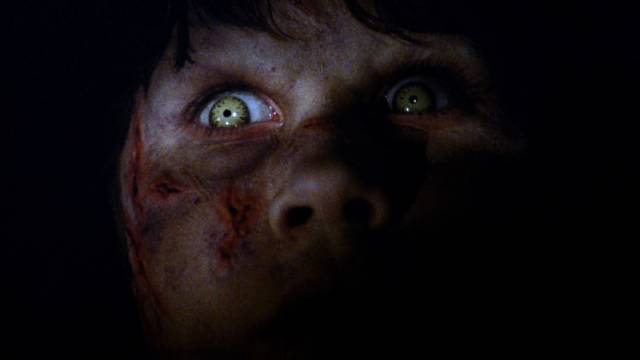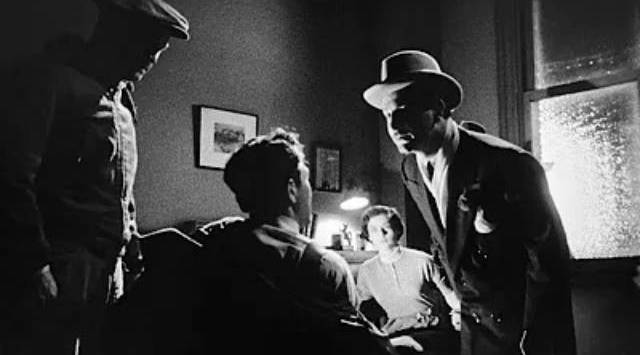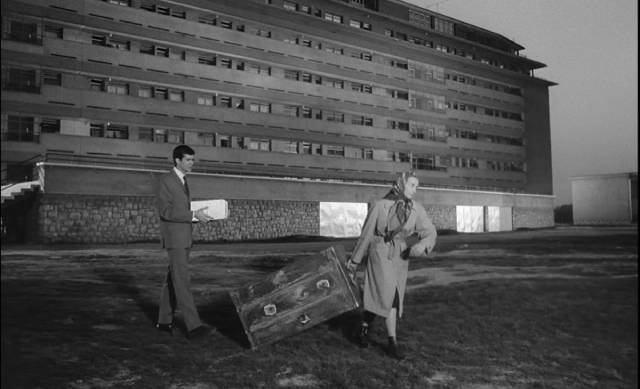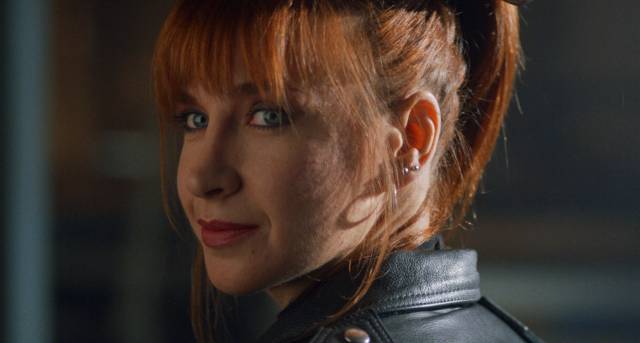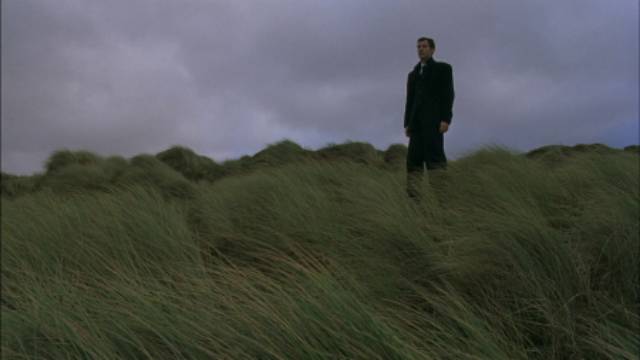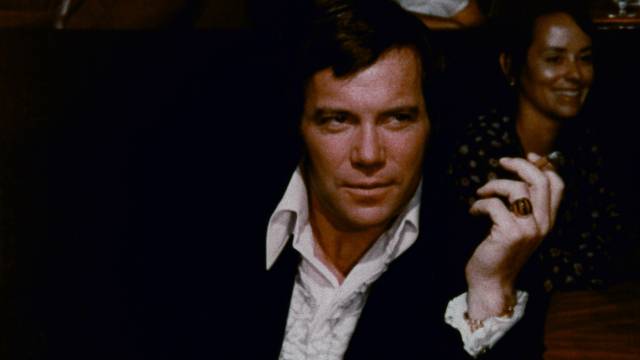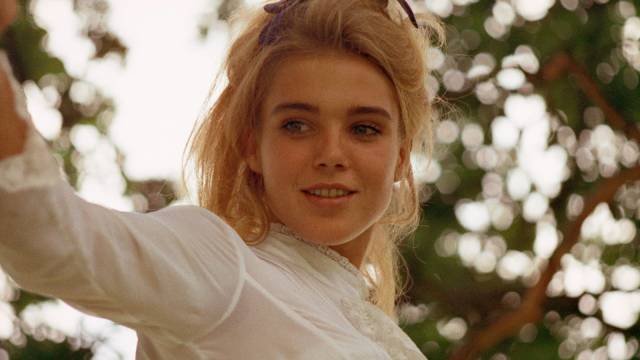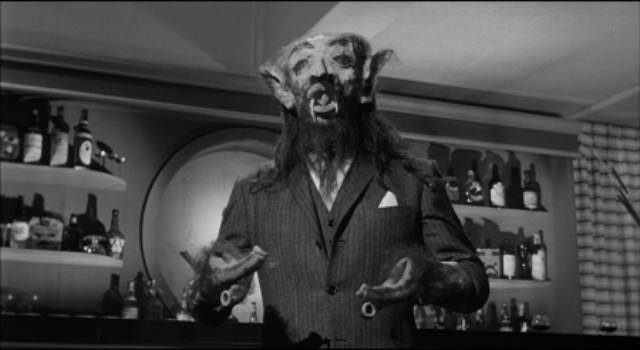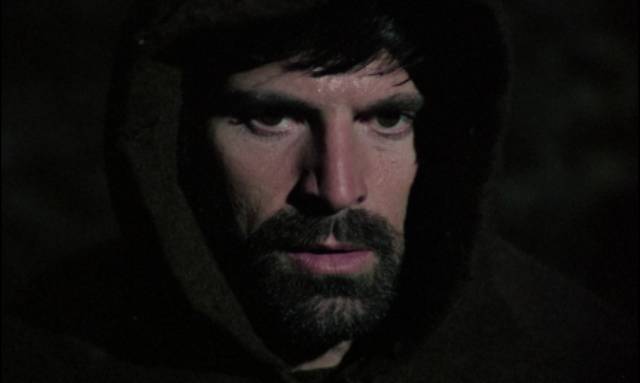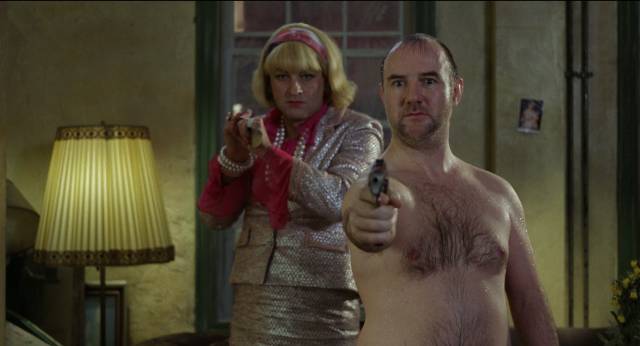
As always, writing falls behind viewing and I’ve missed mentioning some disks that deserved at least a comment – so here are some quick notes on recent releases from Arrow, Vinegar Syndrome and some smaller labels covering a wide range of genres from spaghetti westerns to East European animation, from low-budget sci-fi to documentary, from comedy to horror to exploitation.
